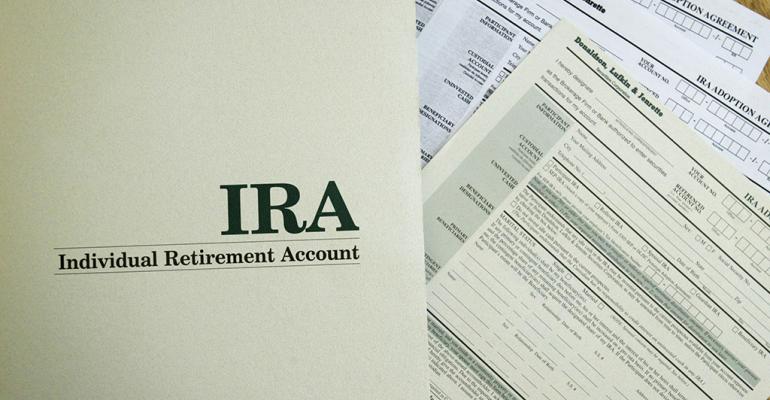Individual retirement accounts, as well as employer-sponsored retirement benefits were introduced in 1974 under the Employee Retirement Income and Security Act (ERISA, which became Title 29 of the United States Code). Today, such accounts offer many tax-advantaged saving opportunities.
A worker aged 20 in the year ERISA became law will turn age 62 during 2015. A worker then aged 40 will now turn 82. It’s no wonder we’re seeing more of these accounts passing at death. The trend will certainly accelerate.
Over that same period of time, many such accounts have accumulated significant funds. According to Investment Company Institute, in aggregate, $24.9 trillion in wealth now resides in retirement assets. IRAs alone now hold over $7.6 trillion.
Anecdotal evidence is that most retirement accounts get emptied out shortly after death, even though the benefits could have been distributed over many years, by taking only the amount of distributions required every year under the plan and tax rules (required minimum distributions (RMDs)). Often, the value of taking only RMDs is quite high, but simply goes unappreciated. The rules for RMDs are difficult to understand, especially if a trust is the account’s death beneficiary. Sadly, opportunities to roll over an account to an IRA of a surviving spouse are easily missed.
This column will focus primarily on making the most of RMDs from retirement account death benefits and other topics relating to retirement accounts.






